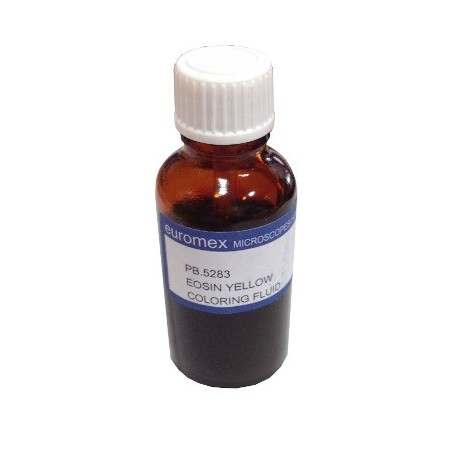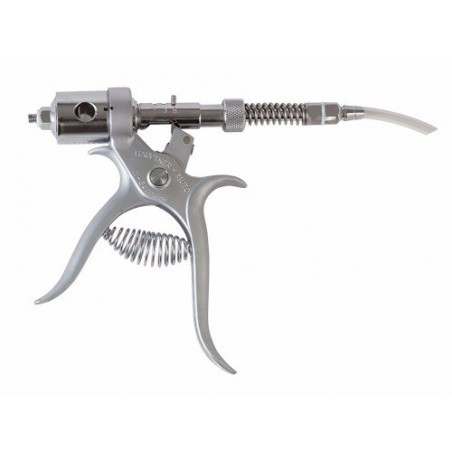The causes that can lead to reproductive failures on the farm are many and varied, and sometimes the cause can be so trivial that remains unnoticed. In this article we will review some case studies whose initial appearance was different from what they turned out to be.
CASE 1
Problem: Fertility has fallen dramatically in the last weeks, barely reaching 30%.

Initial suspicion: Although the semen doses provided by the AI stud are checked under the farm microscope, and they are correct, it is clear that something is happening around the insemination moment, because there are no symptoms on the farm and all the returns are regular.
Investigation and diagnosis: During the visit to the farm, we found that the doses were pre-warmed in a water bath. When touching the water with my finger to check if it was too hot, I felt a tingle (I wasn't wearing shoes, only socks). The water bath had a current leakage that was hardly detectable. Under the farm microscope we found that the motility was correct before pre-warming the semen dose, but that after being subject to the water bath the sperm became immobile, aligned and not agglutinated.
Conclusions: Pre-warming the doses before insemination is a risk. Not only because of the possibility of exceeding the temperature, but because the water can convey contamination, or it can electrocute the sperm, as in this case.
CASE 2
Problem: The sows that were mated on Wednesday did not get pregnant, but sows mated on Monday and Tuesday with the same batch of semen doses, became pregnant.
Initial suspicion: For some reason, the lifespan of the semen dose was reduced without the farm staff noticing it.
Investigation and diagnosis:
- On Tuesday there was a power cut on the farm, but because it was a bank holiday, no one noticed.
- The min/max thermometer placed at the semen storage unit showed the problem, but no one looked at it.
- The farm had a microscope, but it was not used.
- New semen doses were received on Wednesday, but the farm staff decided to use the old doses first.
Conclusion: We have to keep records that force us to verify the checkpoints that would detect these problems. And we must discard the old doses when we get fresh ones.
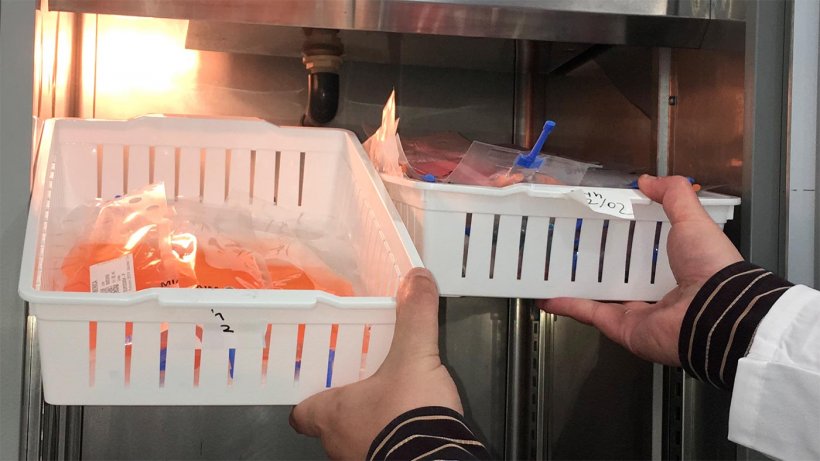
The temperature record in the semen storage unit is important, but you have to check it every day before insemination.
CASE 3
Problem: The gilts, that were been inseminated with dead semen, showed metritis 18 days after, and returned to oestrus at 22 days.
Initial suspicion: Contaminated dead semen arrived at the farm.
Investigation and diagnosis: The farm only orders doses of dead semen once a week. If it is not used within 7 days, the dead semen is frozen for later use. The dead semen is warmed up, and the surplus is refrigerated again. The farm staff thinks that it can cause no harm. After all, semen is already dead!! In addition, the AI stud does not make any control regarding the contamination of the dead semen doses.
Conclusion: If we use dead semen (or some substitute), it should be treated as a normal dose, both on the farm and on the AI stud. The dead semen may be contaminated, just like fresh semen, and its shelf life must be established and observed, in order to avoid contamination problems.
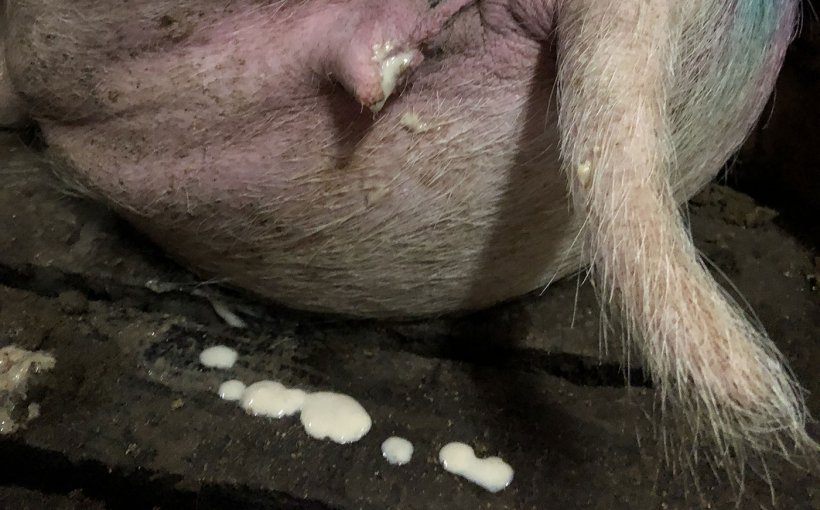
The presence of discharges 2-3 weeks post-mating, should makes us suspect of problems at mating.
CASE 4
Problem: The Grandparent (GP) doses that are supplied by the AI stud "A", that are more concentrated, provide very good fertility results, but the doses of the terminal sire, prepared at a lower concentration, provide very irregular results.
Initial suspicion: The doses with a higher concentration provide better results.
Investigation and diagnosis: GP doses (A) are received on Monday, and all GP sows are inseminated between Monday and Tuesday, because they are synchronized. The terminal semen doses (B) are received on Monday and Thursday, and almost all the sows on the farm come into heat on Tuesday and Wednesday (it's summer), so the effective dose is mainly the one applied on Wednesday (which is already 3 days old). In addition, the terminal sire doses (B) are received by courier (and it's summer!) and the GP doses (A) are delivered by a refrigerated vehicle.
Conclusion: If a more concentrated semen dose provides better results, the cause is probably not the concentration, but the insemination protocol, the delivery method, the diluent, or some other cause. Increasing the concentration may help to partially mitigate an underlying problem, but we must try to find out what the real problem is.
CASE 5
Problem: Every once in a while, there is a week when fertility and prolificacy fall significantly on every farm of the company, but it does not happen in the same week.
Initial suspicion: Inconsistency in the quality of the semen doses supplied by the AI stud.
Investigation and diagnosis: When the fertility data are cross-referenced against the PRRS vaccination dates, we see that the fertility on each farm always drops the week after the vaccination.
Conclusions: To define the cause of some degree of subfertility, you have to take into account all the factors, external and internal to the farm, that can have an influence. Vaccinations often cause a decline in fertility, sometimes undetectable, but sometimes significant.
CASE 6
Problem: After changing the terminal sire line, fertility suddenly dropped by 15%. After six months, the farmer, already angry and tired of the situation, complained to the AI stud.
Initial suspicion: The boars of the new sire line may not be fertile, or they are heavily overworked.
Investigation and diagnosis: After receiving the complaint, the AI stud studied the situation and discovered that a boar had a reciprocal translocation. Sperm motility was good, and there was nothing to make the stud suspect of a subfertility problem, neither in the AI stud nor on the farm.
Conclusions: Even if all the different control elements within our reach are implemented, we are still working with living cells that can be suboptimal. A fluent communication of incidents to the supplier stud can help to solve the problem more quickly with the collaboration of everybody involved.
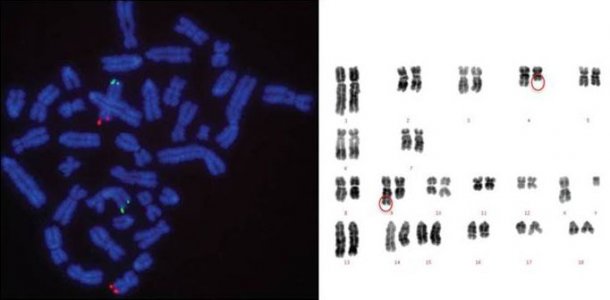
Karyotype problems can cause abrupt drops in fertility and/or prolificacy when that boar is used in the production system.
A good diagnosis of the problem should consider all the factors and actors, from the boar and the semen collection to the processing in the AI stud, the conservation and the application of the doses on the farm and the context of this insemination, as well as a good communication between the AI stud and the farm.






